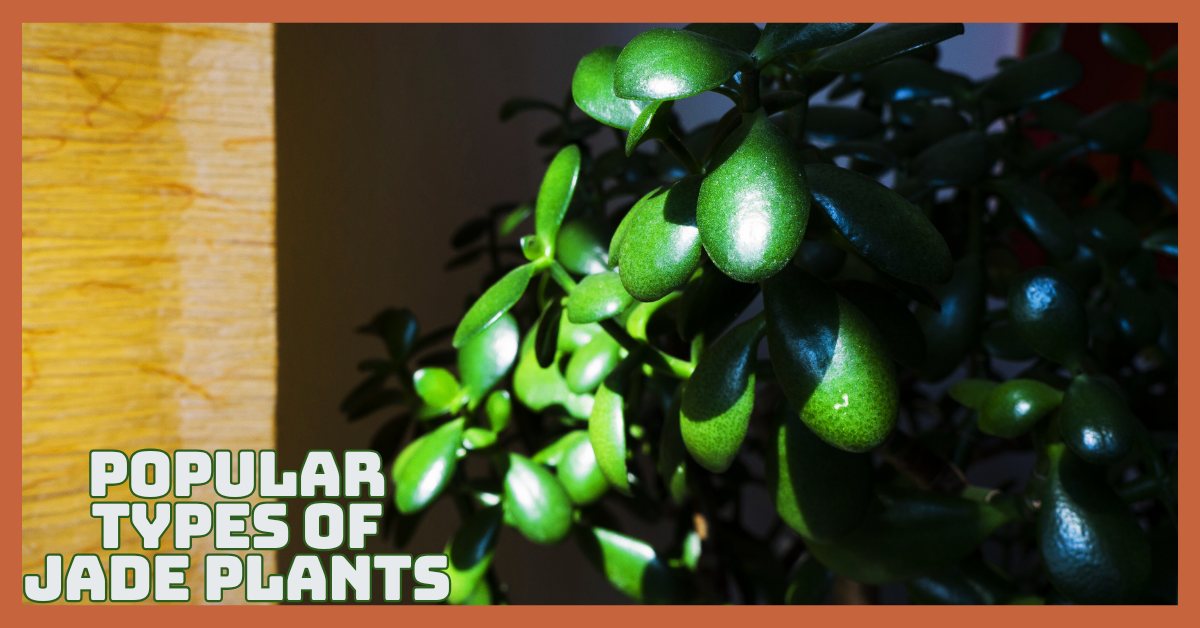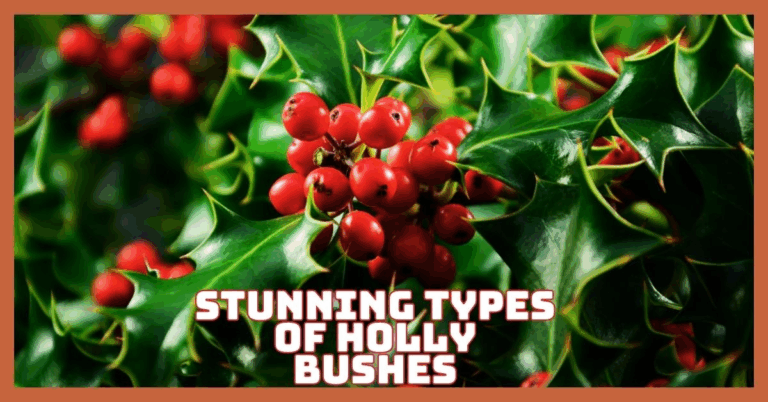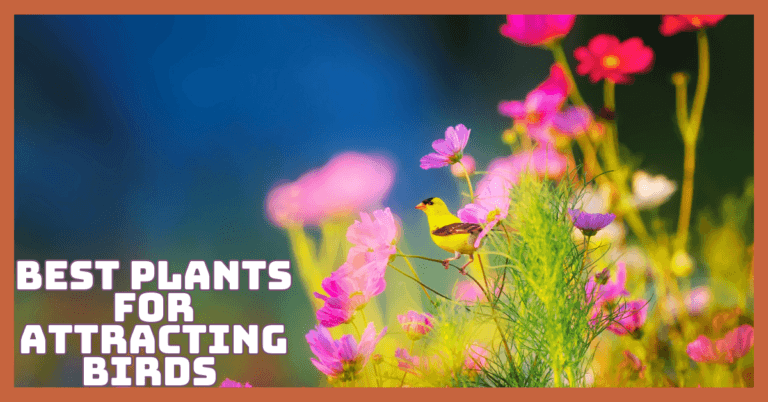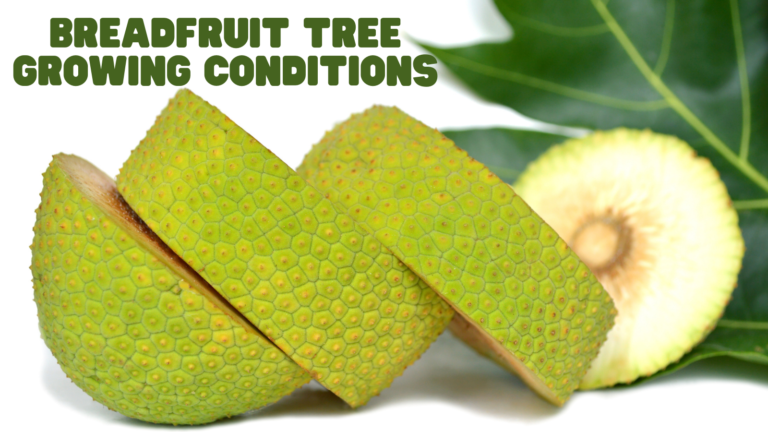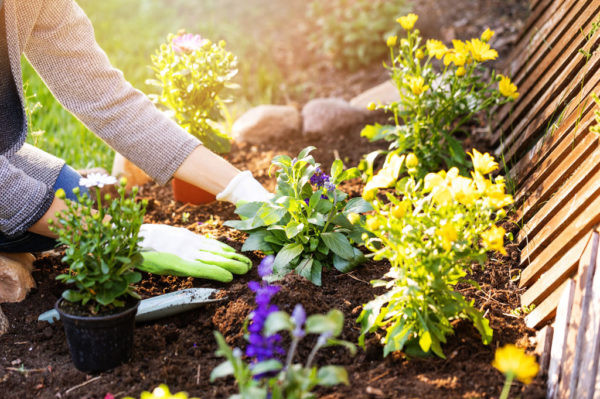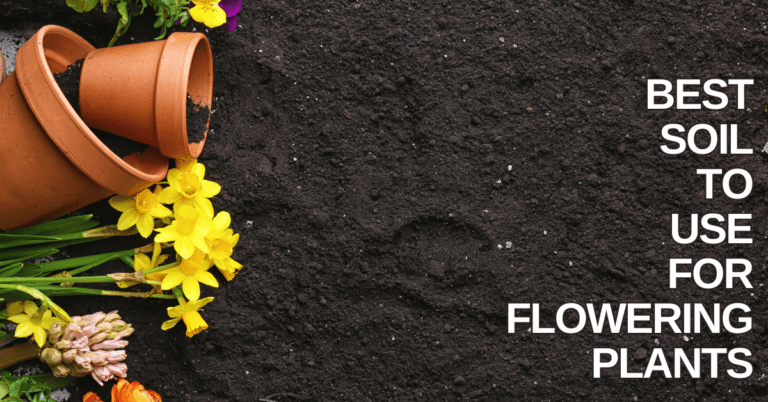Popular Types Of Jade Plants You’ll Love Growing
Jade plants are beloved for their thick, glossy leaves and easy-going nature, making them one of the most popular houseplants worldwide.
But did you know there are many different types of jade plants, each with unique shapes, colours, and growing habits?
Whether you’re a beginner or an avid succulent collector, exploring the varieties of jade plants can add stunning diversity to your indoor garden.
In this guide, discover beautiful jade types and how to care for them effortlessly.
History & Symbolism Of Jade Plants
Jade plants have been cherished for centuries, not just for their beauty but for the rich symbolism they hold across cultures.
Native to South Africa and Mozambique, these resilient succulents were first brought to Europe and America by plant collectors in the late 19th and early 20th centuries.
Over time, they became beloved houseplants worldwide, valued for their hardy nature and bonsai-like form. In many Asian cultures, especially in Feng Shui practice, jade plants are known as the “Money Plant” or “Friendship Tree.”
They’re believed to attract prosperity, wealth, and good luck when placed in homes, shops, or offices. Traditionally, jade plants are often given as housewarming gifts or to celebrate new business ventures, symbolizing growth, renewal, and positive energy.
The plant’s round, coin-shaped leaves are said to resemble jade stones or coins, strengthening its connection to financial luck.
Its ability to thrive with minimal care represents endurance and resilience, qualities admired in both business and personal life.
Beyond wealth symbolism, jade plants are also seen as tokens of friendship, harmony, and balance. Their steady, robust growth reminds us of relationships that flourish with care and attention.
A jade plant is more than simply a plant; it's a living representation of hope, plenty, and long-lasting good fortune, whether it's placed on a sunny windowsill or in a succulent arrangement.
10 Stunning Types Of Jade Plants And How To Grow Them
Jade plants are beloved for their glossy leaves and easy care, but there’s more than just one kind! Discover 10 stunning jade plant varieties, each with its unique charm, and learn simple growing tips to help them thrive indoors or out.
1. Classic Jade Plant (Crassula ovata)
The Classic Jade Plant, Crassula ovata, is a timeless succulent known for its plump, glossy leaves and tree-like form. It’s popular worldwide for its resilience and symbolic good luck.
Features
Crassula ovata has thick, oval-shaped green leaves that may develop red edges in bright light. Its sturdy, woody stems create a bonsai-like structure over time. Clusters of tiny star-shaped white or pink flowers may appear in winter, adding seasonal charm.
Uses
The Classic Jade Plant is treasured as an indoor houseplant, often placed near entrances for good fortune in Feng Shui. It’s also ideal for bonsai training or patio containers. Its low-maintenance nature makes it perfect for busy plant lovers and beginners alike.
Growing Tips
Crassula ovata thrives in USDA Hardiness Zones 10–12 but is typically grown indoors in cooler climates. This succulent soil mix or well-draining cactus should be placed in a bright area with indirect sunshine.
To keep root rot at bay, water thoroughly but allow the soil to dry out in between applications. Use a diluted liquid fertilizer that is balanced once or twice during the growing season.
Prune leggy growth to maintain its tree-like shape. Protect from frost and overwatering. Rotate the pot occasionally for even growth. With proper care, this classic jade can grow into a beautiful, long-lived plant that’s nearly effortless to maintain.
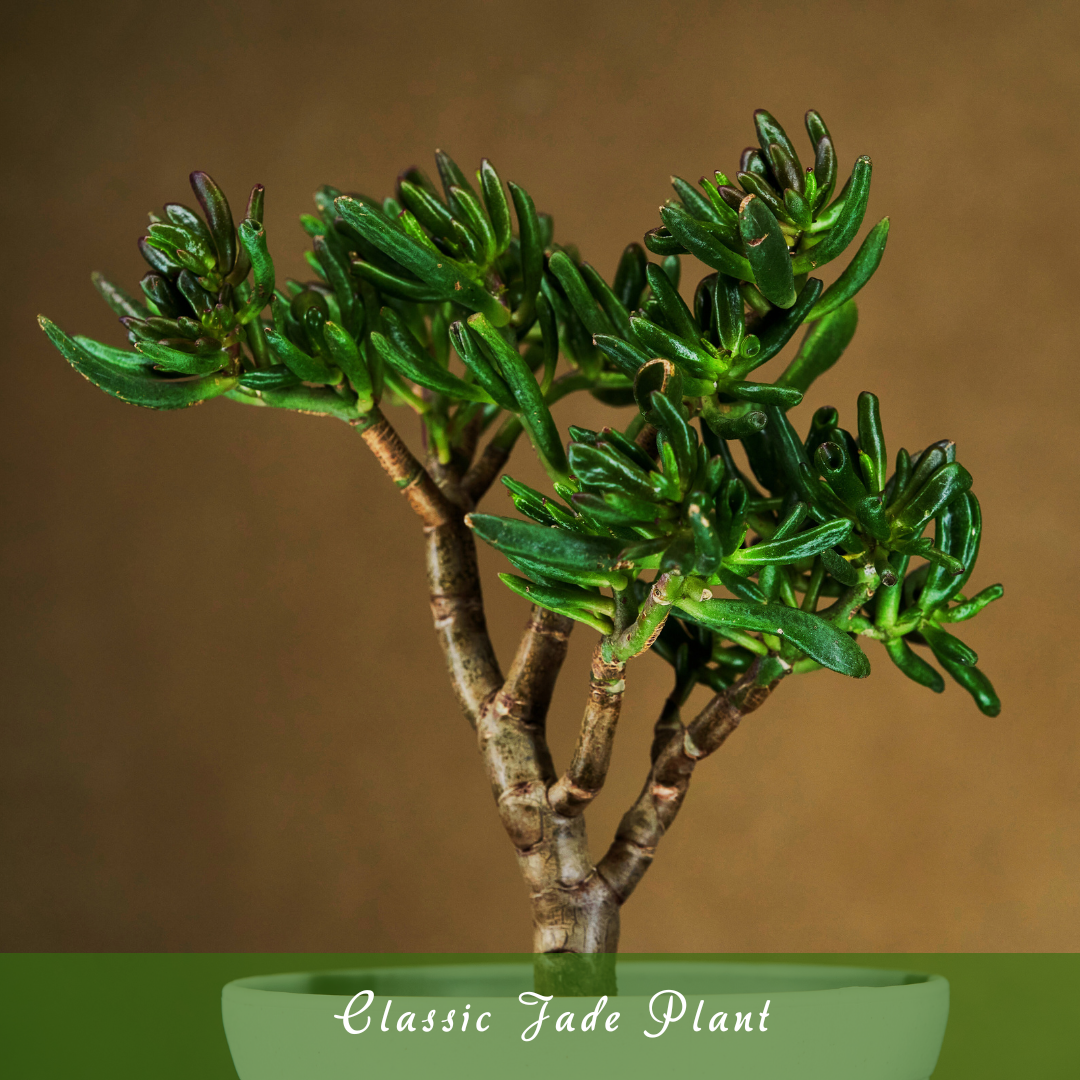
2. Gollum Jade or Finger Jade (Crassula ovata ‘Gollum’)
Crassula ovata ‘Gollum’, also called Gollum Jade or Finger Jade, is a quirky, eye-catching succulent known for its unusual tubular leaves that resemble tiny green fingers or trumpet-shaped pipes.
Features
‘Gollum’ has elongated, glossy green leaves that curl inward with reddish tips, giving it a whimsical, almost coral-like appearance. It develops a thick, woody stem as it matures, forming a bonsai-like miniature tree. Small white or pink flowers may bloom in winter.
Uses
Gollum Jade makes an excellent conversation piece as a houseplant or container garden accent. Its unique leaf shape adds texture to succulent arrangements. It’s also popular for bonsai training and is believed to attract luck and prosperity, similar to classic jade plants.
Growing Tips
Crassula ovata ‘Gollum’ thrives in USDA Hardiness Zones 10–12 but is often grown indoors where winters are cold. Plant in a well-draining succulent or cactus mix to prevent soggy roots.
Place it in bright, indirect light — some direct sun helps bring out the red leaf tips. Water deeply when the soil is arid, then let excess water drain away.
Avoid overwatering, which can cause root rot. Use a balanced, diluted fertilizer and feed sparingly throughout the growing season.
Prune leggy stems to keep a compact shape and encourage branching. Rotate the pot occasionally for even growth. Protect from frost, and enjoy its playful, finger-like leaves year-round.
3. Golden Jade Plant (Crassula ovata ‘Hummel’s Sunset’)
Crassula ovata ‘Hummel’s Sunset’, also known as Golden Jade, is a striking jade plant variety admired for its vibrant, colourful foliage. It’s one of the most colourful types of jade plants you can grow to add variety and charm to your collection.
Features
This variety features fleshy green leaves with brilliant golden-yellow margins that intensify in bright light. During cooler months, the leaf edges develop beautiful red or orange hues. It grows in a compact, branching, shrubby form and can produce small white star-shaped flowers in winter.
Uses
Golden Jade is perfect as a decorative houseplant, patio container plant, or small bonsai specimen. Its colourful foliage adds a cheerful touch to windowsills and indoor planters. In Feng Shui, it’s also believed to attract prosperity and positive energy into homes or offices.
Growing Tips
Crassula ovata ‘Hummel’s Sunset’ grows well in USDA Hardiness Zones 10–12 but is commonly kept as an indoor plant in cooler climates.
Plant it in well-draining succulent or cactus soil and place it where it receives plenty of bright, indirect sunlight to enhance its sun colours. Water well, but to prevent root rot, let the soil dry out in between applications.
In the spring and summer, apply a mild fertilizer using a diluted, balanced succulent fertilizer. In order to preserve its shape and promote bushier growth, prune occasionally.
Protect from frost and extreme cold. Rotate the pot every few weeks for even sun exposure. With minimal care, this vibrant jade will reward you with beautiful colours year-round.
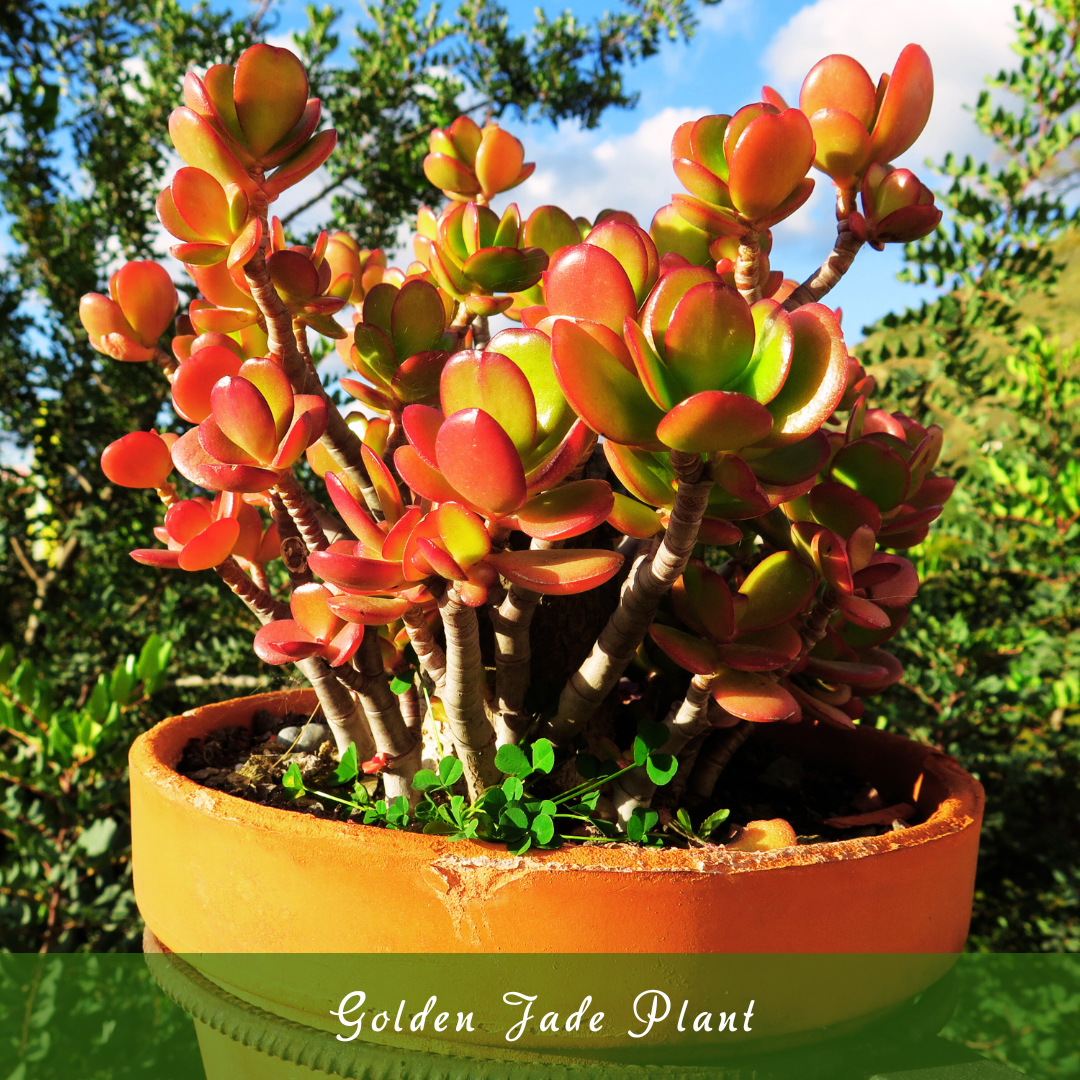
4. Hobbit Jade Plant (Crassula ovata ‘Hobbit’)
Crassula ovata ‘Hobbit’ is a charming jade plant variety admired for its unusual, curled leaves. This unique variety is a perfect example of the diverse types of jade plants that bring character and texture to any plant collection.
Features
‘Hobbit’ jade has shiny green leaves that are curled and tubular with flared, spoon-like tips. In bright light, the leaf edges may blush red.
It grows slowly into a thick-stemmed, tree-like shrub and may produce clusters of tiny white-pink star-shaped flowers in winter.
Uses
The ‘Hobbit’ jade is popular for bonsai styling due to its unique shape and compact size. It makes a great windowsill plant, desk plant, or patio container specimen. Like other jade plants, it’s thought to bring good luck and prosperity indoors.
Growing Tips
Crassula ovata ‘Hobbit’ thrives outdoors in USDA Hardiness Zones 10–12 but is widely grown indoors elsewhere. Plant in a well-draining succulent or cactus mix to avoid waterlogging.
Only after the soil is arid should you water it well. Place in a bright area with lots of indirect sunlight; a few hours of direct sunshine will help bring out the red tips. Avoid overwatering, which is the most common cause of problems.
Apply a diluted succulent fertilizer once or twice during the growing season. Prune occasionally to maintain shape and encourage branching.
Rotate the pot for balanced growth and protect it from frost or extreme cold. With minimal care, ‘Hobbit’ will thrive and add whimsical beauty to your plant collection.
Turn Your Passion for Nature Into Income
🌿 Whether you love gardening, caring for animals, or exploring holistic living,
You can share your knowledge online and earn from it.
Discover how nature lovers are growing their passions into meaningful, income-generating blogs. 👇
5. Silver Jade Plant (Crassula arborescens)
Crassula arborescens, commonly known as Silver Jade Plant, is a striking succulent prized for its silvery-blue, rounded leaves and upright shrub-like growth, making it a standout in any succulent collection.
Features
This plant has thick, round, silvery-gray to bluish leaves with a powdery coating. Leaves may develop reddish edges in bright sunlight. It grows into a small tree or shrub with woody stems, producing clusters of tiny white flowers in winter.
Uses
Silver Jade is an excellent ornamental plant for gardens, patios, and large containers. Its unique silvery foliage contrasts beautifully with green succulents and flowering plants. It also serves as a low-maintenance indoor plant and is popular in drought-tolerant landscaping.
Growing Tips
Crassula arborescens thrives in USDA Hardiness Zones 9–11. Succulent or cactus soil that drains well is preferred, as is full sun over partial shade.
In order to prevent root rot, water sparingly and let the soil dry out completely in between applications, lightly fertilize in the spring and summer using a balanced succulent fertilizer. Trim to preserve form and promote bushier growth.
Protect from frost and excessive cold temperatures. It tolerates heat well but benefits from afternoon shade in very hot climates. With proper care, Silver Jade can become a striking, long-lived addition to your plant collection.
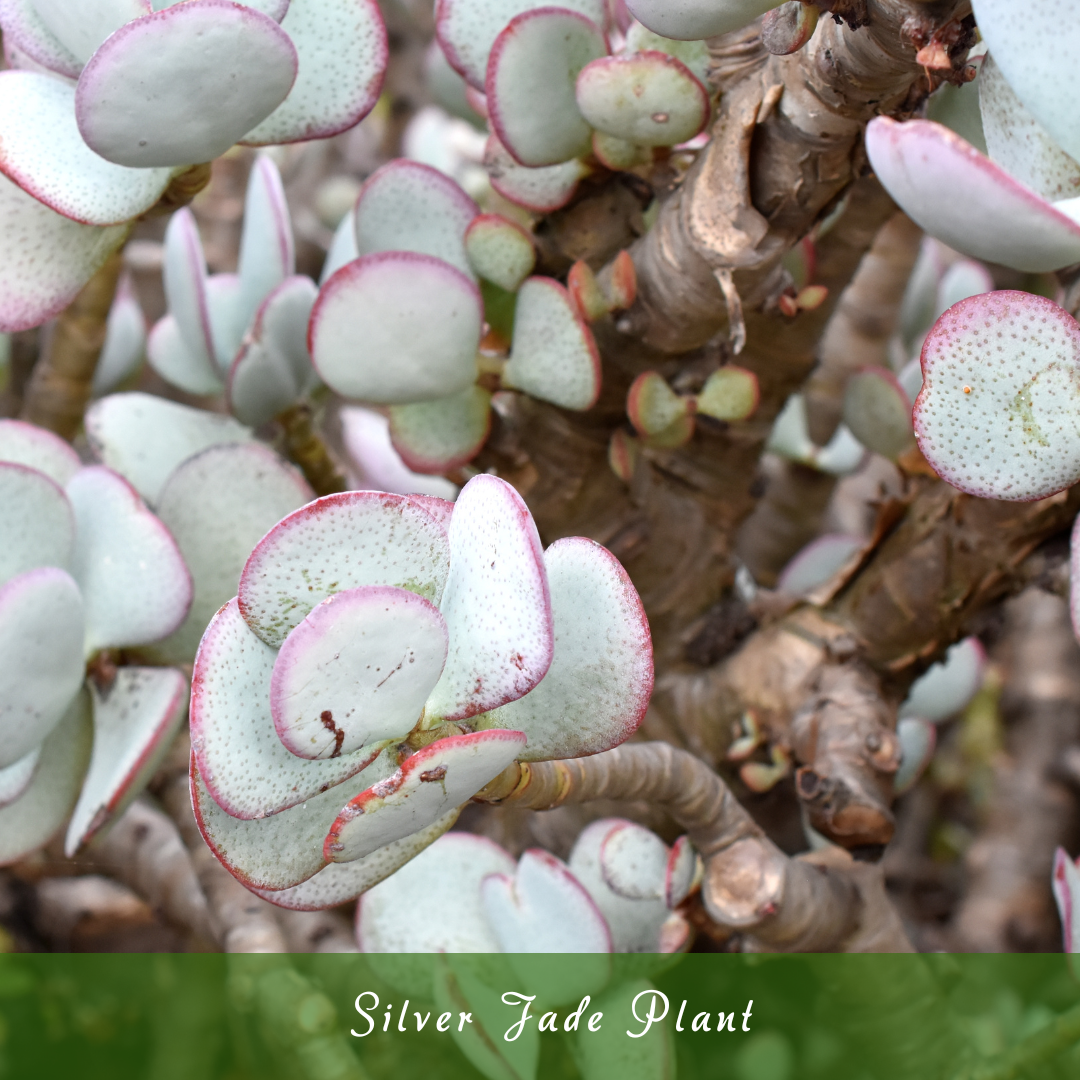
6. Variegated Jade Plant (Crassula ovata ‘Tricolour’)
Among the many types of jade plants, Crassula ovata ‘Tricolour’ stands out for its eye-catching variegated foliage and vibrant colours.
Features
This cultivar features green leaves with delicate pink and creamy white edges, forming a lovely variegated design. The fleshy leaves are oval-shaped and thick, with a compact, branching growth habit. It occasionally produces small, star-shaped white flowers.
Uses
Variegated Jade is perfect as an eye-catching houseplant or patio specimen. Its colourful foliage adds visual interest to succulent arrangements and garden displays. Like other jade plants, it’s also associated with good luck and prosperity, making it a popular gift plant.
Growing Tips
Crassula ovata Tricolour thrives in USDA Hardiness Zones 10–12 but is commonly grown indoors in cooler climates. It prefers bright, indirect sunlight to maintain vibrant foliage, too.
Much direct sun can cause leaf scorch. To prevent root rot, just water when the soil is dry and use well-draining succulent soil.
Fertilize lightly during the growing season with diluted balanced fertilizer. Prune to control shape and encourage bushiness.
Protect from frost and extreme cold. Rotate the pot regularly for even growth. With proper care, this variegated beauty will thrive and brighten your space.
7. Dwarf Jade Plant (Crassula ovata ‘Minima’)
Crassula ovata ‘Minima’, commonly called Dwarf Jade, is a compact succulent variety prized for its smaller size and dense growth, making it ideal for tabletops, small spaces, and container gardens.
Features
This variety features tiny, thick, oval green leaves clustered densely on short, woody stems. Its dense, compact form is an excellent example of the diverse growth habits found among different types of jade plants. Like other jade plants, it may produce small white or pink star-shaped flowers during winter.
Uses
Dwarf Jade is perfect for indoor decoration, small succulent collections, and bonsai projects. Its petite size fits well on desks or shelves, adding greenery without taking up much space. It’s also popular as a thoughtful gift plant symbolizing prosperity.
Growing Tips
Dwarf Jade thrives in USDA Hardiness Zones 10–12 but is mainly grown indoors in cooler regions. Use well-draining succulent soil and position it in bright, indirect light. Water deeply but only when the soil dries completely to avoid root rot.
In the spring and summer, use a balanced, diluted fertilizer sparingly. Prune to maintain its shape and encourage fuller growth.
Protect from frost and extreme cold. Rotate occasionally for even light exposure. With proper care, Dwarf Jade will remain healthy and vibrant in small spaces.
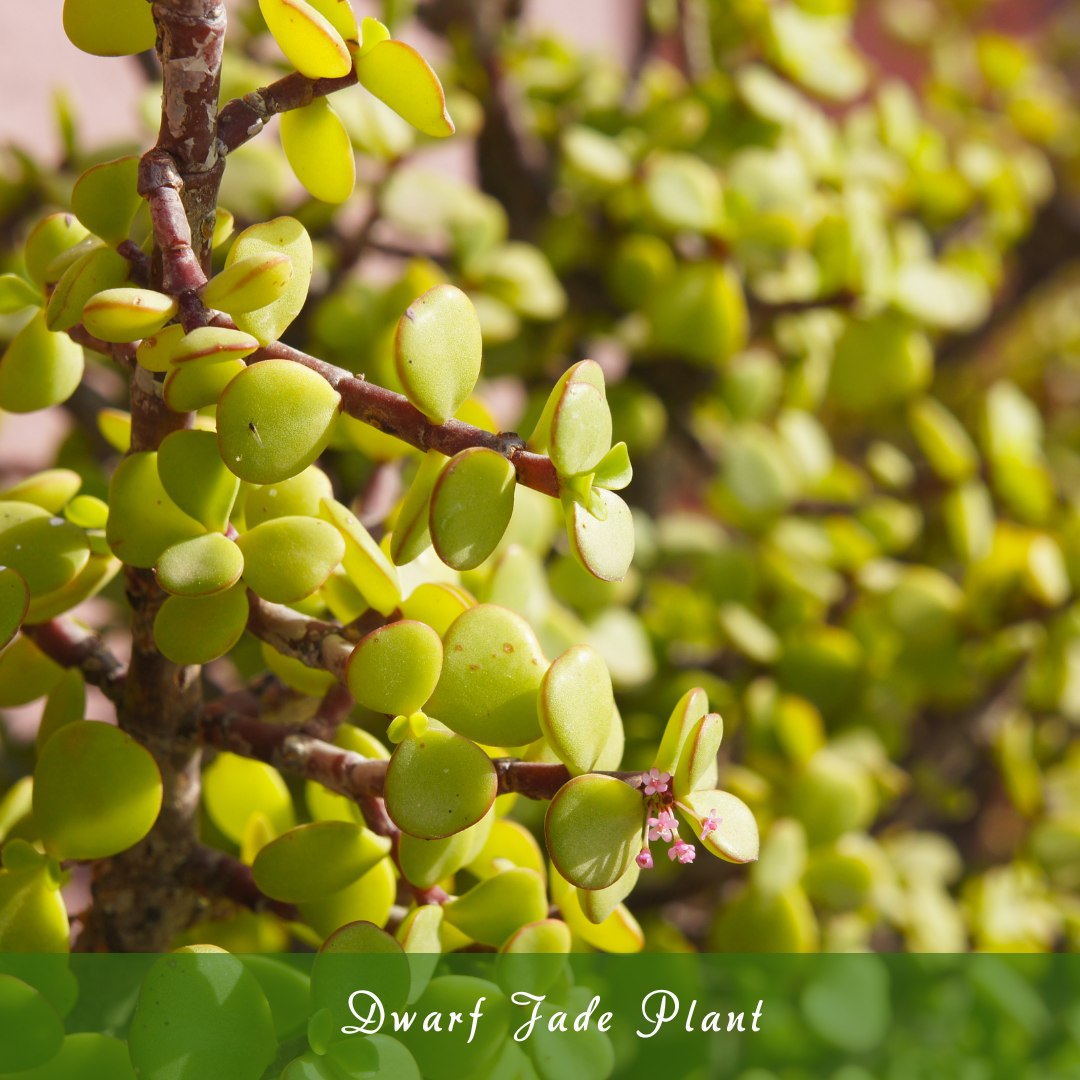
8. Miniature Pine Tree Jade Plant (Crassula tetragona)
Crassula tetragona, known as Miniature Pine Tree Jade, is a distinctive succulent resembling a tiny pine tree. It looks good in bonsai displays and succulent collections because of its pointed leaves and erect, slender branches.
Features
This plant grows tall and narrow, with rigid, triangular, dark green leaves arranged densely along its woody stems. This unique leaf structure is one of the fascinating features that distinguishes different types of jade plants in your collection. It can develop a tree-like shape over time, sometimes producing small white flowers in clusters.
Uses
Miniature Pine Tree Jade is perfect for bonsai enthusiasts, adding vertical interest to succulent gardens or container arrangements.
It also makes a striking indoor plant and works well as a focal point in mixed succulent displays. Like other jade plants, it symbolizes prosperity and good luck.
Growing Tips
Crassula tetragona thrives in USDA Hardiness Zones 9–11 and is often grown indoors in cooler regions. It needs well-draining succulent soil and favours bright, indirect sunlight or partial shade.—Water deeply but infrequently, allowing soil to dry out between waterings to prevent root rot.
Throughout the growing season, apply a little amount of diluted balanced fertilizer. Prune to maintain its shape and encourage branching.
Protect from frost and freezing temperatures. Rotate the plant occasionally for even growth. With proper care, this unique jade variety can become a stunning, long-lasting specimen.
9. Giant Jade or Buddha’s Temple Jade (Crassula ovata ‘Monstruosa’)
Crassula ovata ‘Monstruosa’, also known as Giant Jade or Buddha’s Temple Jade, is a rare succulent featuring uniquely twisted, stacked leaves that form a striking pagoda-like structure.
Features
This cultivar displays thick, contorted, fan-shaped leaves tightly arranged in a spiralling pattern, creating a temple-like appearance. The leaves are fleshy and green with a rough texture. It grows slowly and develops a woody stem with age.
Uses
‘Monstruosa’ is a prized collector’s plant due to its unusual form. It serves as a stunning focal point in succulent arrangements or indoor gardens. Its architectural shape also makes it a popular choice for bonsai enthusiasts seeking a unique specimen.
Growing Tips
Giant Jade thrives in USDA Hardiness Zones 10–12 but is often grown indoors in cooler climates. Use well-draining succulent or cactus soil, and place it in bright, indirect sunlight.
It tolerates some direct sun, which helps maintain leaf colour and compact growth. Watering lightly and allowing the soil to dry completely between treatments will help prevent root rot.
Throughout the spring and summer, apply a mild fertilizer that is balanced and diluted. Prune to control shape and encourage branching.
Protect from frost and freezing temperatures. Rotate occasionally for even light exposure. With patience and care, this rare jade plant will thrive and become a stunning conversation piece.
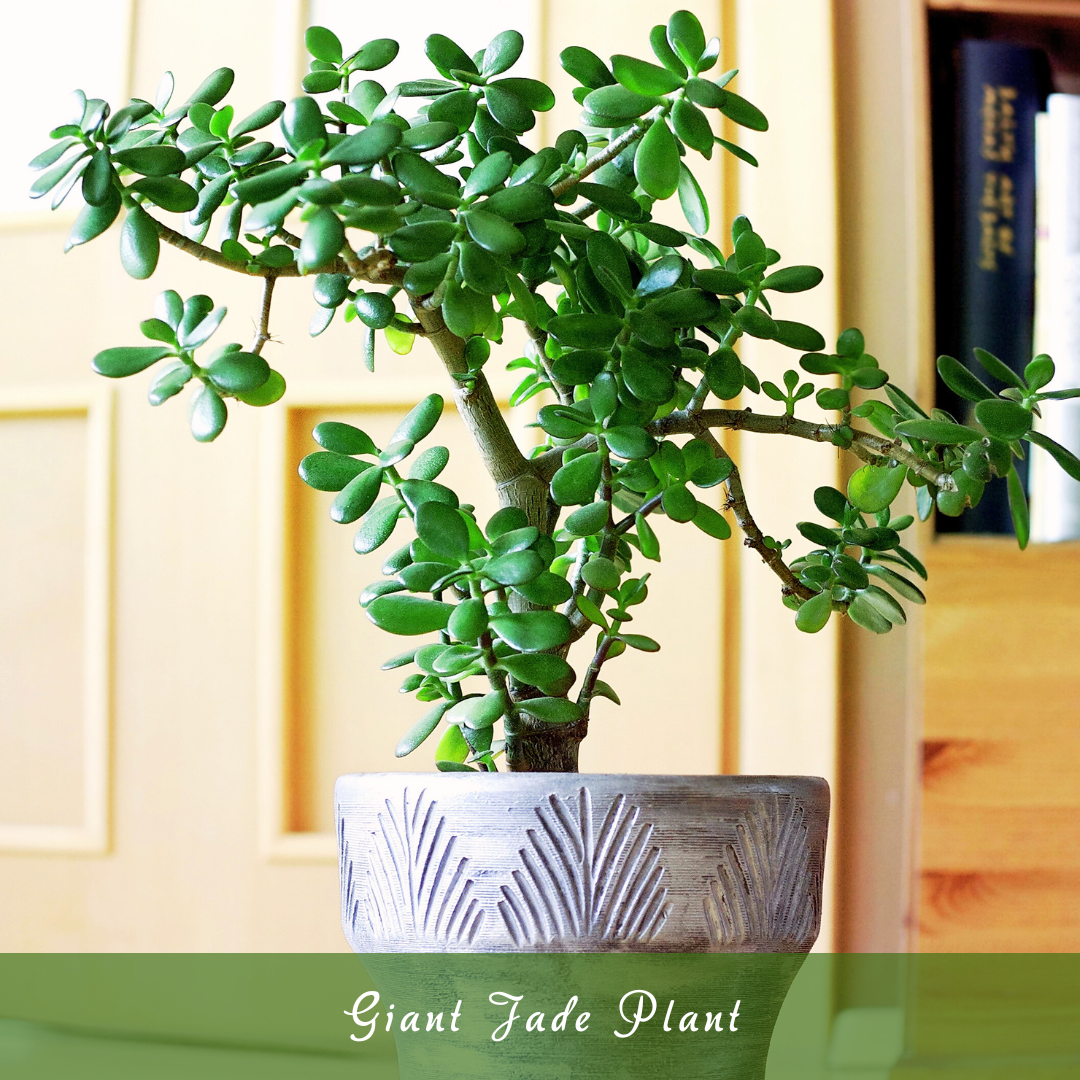
Conclusion
Exploring the many types of jade plants adds beauty, variety, and positive energy to any indoor or outdoor garden. From classic green jades to unique variegated and sculptural forms, each brings its charm and easy-care appeal.
Whether you’re a beginner or a collector, jade plants are timeless symbols of good luck, friendship, and growth. Choose your favourites, care for them well, and enjoy their resilience and beauty for years to come.
I trust you enjoyed this article on the Popular Types of Jade Plants You’ll Love Growing. Please stay tuned for more inspiring guides, helpful tips, and ideas to help you live closer to nature every day.
Take care!
— JeannetteZ
💬 Your Opinion Is Important To Me
Do you have thoughts, ideas, or questions? I’d love to hear from you. Please leave your comments below or email me directly at Jeannette@Close-To-Nature.org.
📚 More Nature-Inspired Reads
Explore more ways to connect with nature, nurture your pets, and live in harmony with the world around you 🌿

